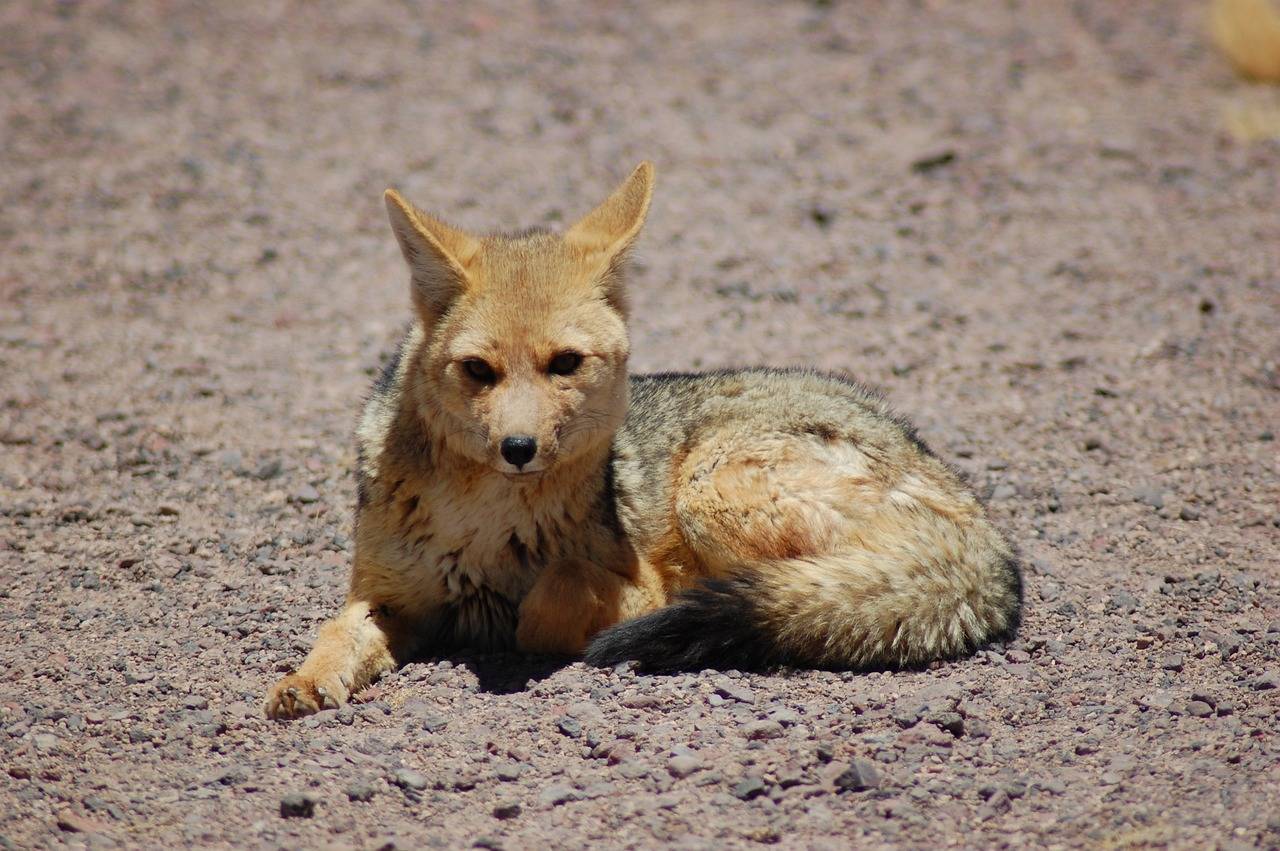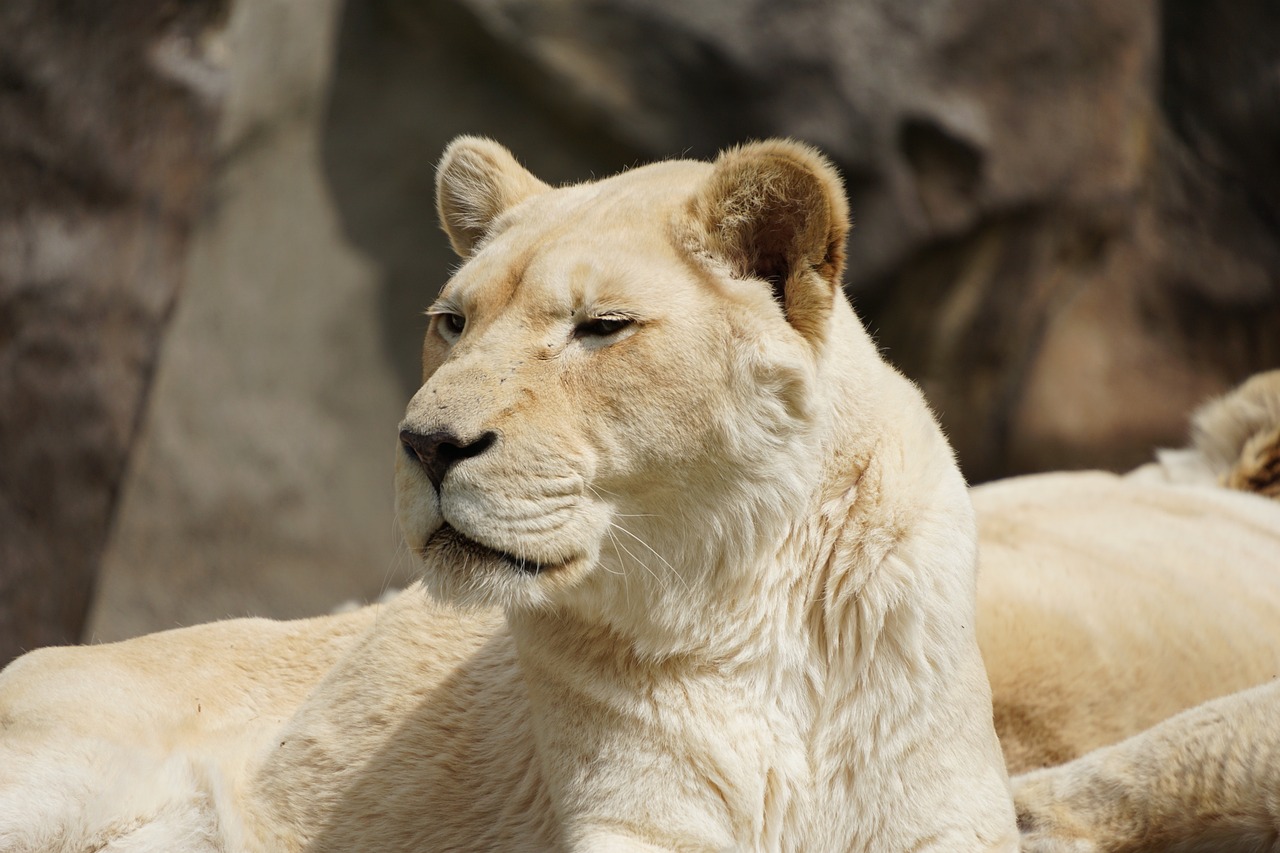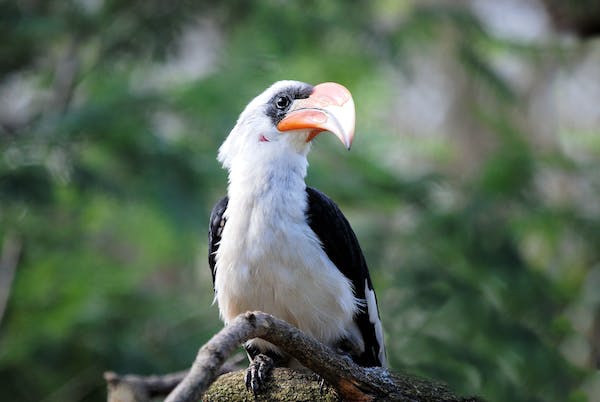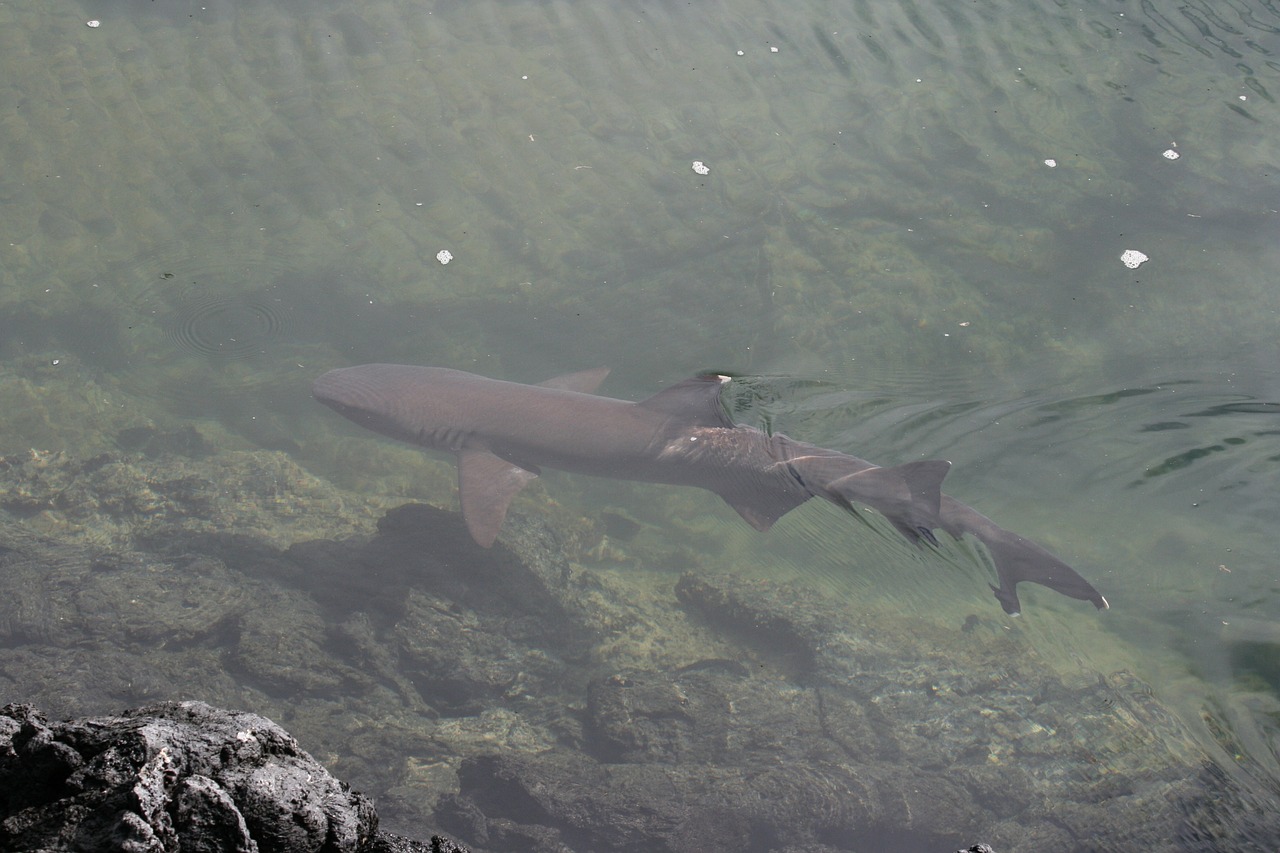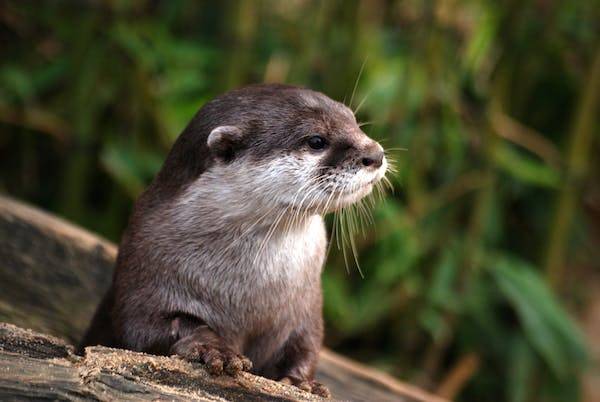Arctotherium
Because of its enormous size and enigmatic existence, the giant bear genus Arctotherium, which formerly roamed the continent of South America, has captivated the attention of both scientists and fans. Our article delves into the world of Arctotherium, examining its enormous size, longevity, food, and similarities and differences with its near relative, Arctodus.
This fearsome animal, which was also known as the short-faced bear, was a member of the Tremarctinae subfamily and lived in the Pleistocene era.
Arctotherium Height – Unveiling the Giant
Arctotherium, frequently referred to as the enormous short-faced bear, is one of the greatest predators of land mammals in recorded history. Even current experts are in awe of this formidable beast because of how high it ascended compared to its peers. Arctotherium exact height varied according to the species; Arctotherium angustidens, the biggest, stood around 11 feet tall on its hind legs.
Though Arctotherium species differed in height, Arctotherium angustidens is a notable candidate to be the tallest Arctotherium.
What is the Biggest Arctotherium?:
Arctotherium angustidens has the title of biggest and most imposing species among the species that make up the Arctotherium genus. It is estimated from fossils that this enormous bear, which weighed as much as 3,500 pounds at its peak, was the top predator in its day.
Arctotherium angustidens is the largest known species of Arctotherium, with proportions that exceed those of its contemporaries.
Lifespan of Arctotherium
Although the precise longevity of Arctotherium is unknown, estimations indicate that these enormous bears survived for a number of years, potentially even into their twenties. It’s possible that elements including food availability, competition from other predators, and environmental factors affected how long these enormous animals lived.
Because of the dearth of fossil evidence, it is difficult to pinpoint the precise lifetime of Arctotherium. Comparative research with living bear species, however, suggests that Arctotherium most likely had a lifetime similar to that of contemporary bears.
Is Arctotherium Bigger than Arctodus?
Although they were both members of the family of short-faced bears, Arctotherium and Arctodus had different morphologies and sizes. Arctotherium outperformed Arctodus in terms of bulk and size, especially Arctotherium angustidens.
The massive size and sturdy structure of Arctotherium gave it a commanding presence in the ancient environments it lived in.
Arctotherium Size – A Glimpse into the Extinct Bear’s Dimensions
Arctotherium size varied according to the species, but all members of the genus had a strong physique and a recognizable little face. The biggest bear, Arctotherium angustidens, measured an amazing 11 feet from head to tail, highlighting the enormous dimensions of these ancient animals. While Arctotherium species differed in size, Arctotherium angustidens stands out for its extraordinary proportions. Their height is extremely big then other bears.
What Was the Largest Extinct Bear?
Arctotherium holds the title for the largest extinct bear, surpassing other notable prehistoric bears such as the cave bear and the closely related Arctodus. The sheer size and strength of Arctotherium set it apart as an apex predator during the Pleistocene epoch. Its immense size and powerful build set it apart as an apex predator, dominating the prehistoric landscapes it inhabited.
Arctotherium Angustidens – Apex Predator’s Diet
Arctotherium had a varied diet that was tailored to the environments it lived in. These enormous bears were omnivores, eating a variety of things like fruits, plants, and even meat, according to Fossil evidence. They were probably able to feed on huge herbivores because of their enormous size, which demonstrated their status as top predators.
Based on fossil data, it appears that the diet of these enormous bears was flexible, allowing them to adjust to the resources that were available in their specific settings.
Arctotherium Angustidens Speed – Unraveling the Mystery
The limited fossil evidence for Arctotherium angustidens makes pinpointing its precise speed difficult. It seems unlikely that these bears were extremely quick runners, though, considering their enormous size. Their great power and threatening size probably made them attackers rather than predators that followed their prey.
Rather, these bears most likely used their enormous strength and bulk to take down their prey.
Conclusion
The big short-faced bear, Arctotherium, is still a fascinating mystery in the history of prehistoric animals. Because of its enormous scope, powerful presence, and evolutionary adaptations, it is essential to comprehending the intricate ecosystems of prehistoric South America. The narrative of Arctotherium keeps coming to light as scientists go through new fossils and evaluate the data that is already available, providing insight into the regal reign of one of the biggest bears to have ever lived on Earth.
Researchers are still fascinated by the mysteries surrounding its existence, behavior, and eventual demise because they provide a window into a time when giants once walked the planet. With each new fossil discovered and every insight paleontologists gain into this amazing animal, the tale of Arctotherium grows, providing us with ever-more-awesome bear tales.


